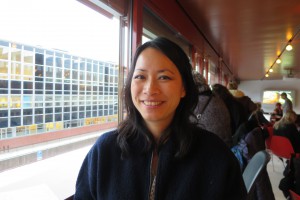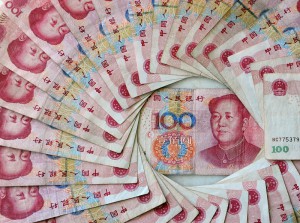by Xinhua writer Chen Jipeng
BEIJING, Jan. 13 (Xinhua) — It is high time for European Union (EU) member states to grant full market economy status to China, the second largest trading partner of the 28-nation bloc.
The market economy status is relevant for Chinese exporters because it determines the way in which dumping is assessed in EU’s trade remedy cases against imports from China. With market economies, the assessment of dumping is based on a comparison of the export price and the domestic price of the product in question.
However, China’s non-market economy status is often cited so that the domestic price in China is not considered a suitable benchmark. The export price is compared with domestic price of a surrogate country.
In one of such cases, the United States was chosen as a surrogate country to assess the price levels of stainless steel from China. This is obviously unfair given the much higher labor cost in the United States and the tendency of the producers in the United States — who compete against Chinese companies — to inflate price estimates.
Fortunately, the legal basis for such an obviously unfair practice will no longer exist starting from Dec. 11 this year, under the provisions of the World Trade Organization accession protocol signed by China.
Commissioners from the EU’s 28 members will on Wednesday debate for the first time the issue of granting China full market economy status from December.
Legal experts are of the opinion that the European Union should grant China full market economy status, according to European media reports.
The non-market economy status of China, however, has often become a convenient weapon for trade protectionists. Some of the EU members have continued to be swaying over the issue to retain an unfair advantage.
Nevertheless, the undoubtedly protectionist practice is obviously out of time. Despite its existence, bilateral trade between China and the EU have been growing quickly. China is now the EU’s second largest trading partner and one of the biggest markets for the 28-member bloc. The idea of free trade and comparative advantage has been the driving force behind the phenomenal growth. Sticking to a weapon of protectionism would only increase frictions rather than help the gigantic bilateral trade.
It is known that China has built an efficient market economy to achieve remarkable growth over the decades and it is duly recognized by more than 80 countries, including Russia, New Zealand, Singapore and Australia.
A quick look at the list of the countries that the EU has recognized as market economy tells us that China deserves the market status, too.
It is advisable for some of the EU members to dump the idea of resolving to labelling one of their top trading partners as a non-market economy for a bit of protection. If history tells, it is much wiser to continue opening up and practise free trade. Enditem
























